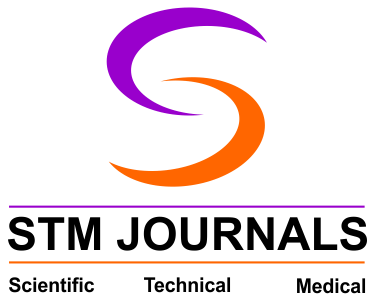Volume- 8, Issue- 1, Page- 1 to 17
by Anjay Kumar Mishra
Forensic accounting has evolved into a crucial discipline in detecting and preventing financial crimes, particularly in the digital age, where cyber-enabled fraud has intensified. This study examines how forensic accounting techniques have adapted to address modern financial crimes, incorporating artificial intelligence (AI), blockchain technology, and big data analytics. The research aims to evaluate the effectiveness
Volume- 8, Issue- 1, Page- 1 to 15
by Anjay Kumar Mishra
Forensic accounting has evolved into a crucial discipline in detecting and preventing financial crimes, particularly in the digital age, where cyber-enabled fraud has intensified. This study examines how forensic accounting techniques have adapted to address modern financial crimes, incorporating artificial intelligence (AI), blockchain technology, and big data analytics. The research aims to evaluate the effectiveness
Volume- 9, Issue- 3, Page- 1 to 23
by amit
The focus of this research is on the impact of intensive wind load on high-rise RCC structures situated in close proximity to the coastal line. The study specifically examines a 15-story RCC building located along the Arabian Sea coast in India. Wind load analysis was conducted using the IS875-2015 part III standards, with a consideration
Volume- 11, Issue- 02, Page- 28 to 32
by Mala Sharma
Food security is pivotal in shaping a sustainable future for India, a nation grappling with rapid population growth, environmental challenges, and resource constraints. This paper investigates the integral role of food security in promoting sustainable development across the Indian subcontinent. The study delves into the interplay between food security and various sustainability dimensions, including agricultural
Volume- 11, Issue- 02, Page- 34 to 43
by Aditi
The current study uses the sol-gel approach to synthesize a new Dimensionally Stable Anode (DSA) covered with nanoparticles. The objective is to enhance the electrocatalytic activity and overall performance of the anodes in treating synthetic industrial wastewater containing reactive dyes. CuO and TiO2 nanoparticles are coated using a thermal decomposition technique on a titanium electrode.
Volume- 14, Issue- 03, Page- 31 to 64
by Aditi
The hybrid materials are mostly prepared by combining the organic or bio-organic part to the inorganic building blocks and are used in many applications. Gelatin as one of the main component of hybrid materials is an attractive option. It is biodegradable; biocompatible; non-toxic; bio-adhesive and contains many active groups such as –NH2, –COOH, in the

